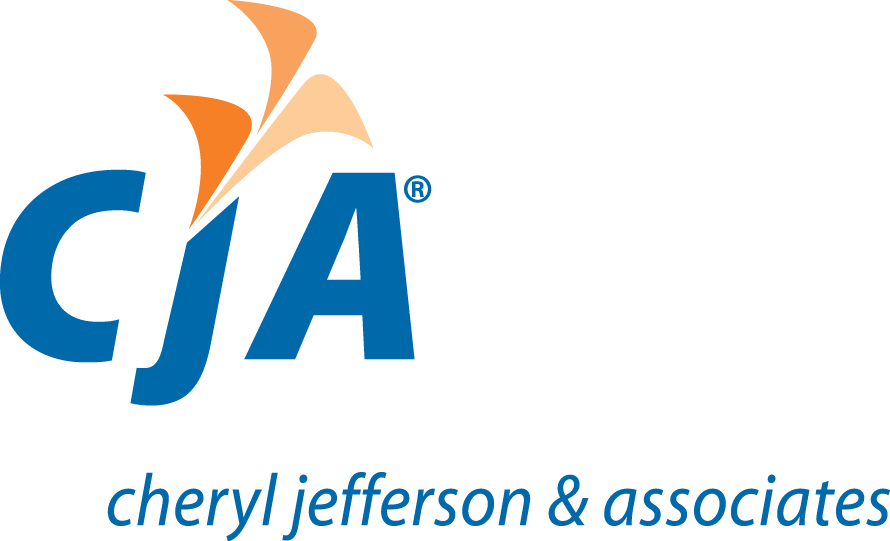End of the Year Accounting Checklist
One of the things that you will need to do for your business at the end of the year is to close the books. If you have been keeping them up-to-date using generally accepted accounting principles throughout the preceding months, this should not be too difficult to accomplish. However, there are still some extra things that you should do at year-end. We have put together an end of the year accounting checklist to help keep your business on track.
Is Your Business Organized?
If you have not been using an accounting software to organize your receipts, this may be a good time to start. Even if your business is still not ready to take the plunge, getting organized with your paper trail at the end of the year is an important exercise. The goal is to have your income and expenses well-documented.
Have You Reconciled Your Business Bank Accounts?
Reconcile bank accounts to make sure that what you are entering on financial statements and ledgers matches up with your actual bank accounts and credit card statements. If they do not match, figure out where the error occurred. It could be missing or duplicate transactions. Variances do affect the accuracy of financial statements. Most accounting software include a reconciliation feature that allows you to do this automatically.
Your Business’ Profit & Loss Statements
Review your business’ profit and loss statements to ensure that everything makes sense and that you have categorized transactions accurately. Many accounting programs will automate classification for you, but it is your job to make sure that the transactions are put in the right place. One way to ensure the numbers make sense is by comparing them against last year’s profit and loss. You should investigate any significant changes.
Your Business’ Accounts Payable and Expenses
Confirm that all of the expenses have been paid and recorded in your accounting system. There are many business expenses, such as mobile phone and internet bills, that may be used as deductions on your business’ tax return. Gather the records on these types of expenses to provide to your tax accountant. You should review the accounts payable to make sure all bills have been entered and recorded as paid.
Your Business’ Notes Payable
If there are any outstanding loans, be sure that the balances in the loan accounts match 3rd party documents, like loan statements. Correct any discrepancies in the accounting program or resolve with the other party. Also, confirm that loans paid off during the year are removed and any new loans taken out are added.
Your Business’ Accounts Receivable and Invoices
Have you sent out and collected on all of the invoices that are due for the year? If not, round up the remaining so that the year-end receivables can be closed out. It is also important to take a look at past due receivables and determine whether or not they should be sent to collections or written off as a bad debt.
Don’t Forget To Fill Out W-2s and 1099s
The IRS requires the reporting of annual income for full-time employees through a W-2 and certain independent contractors who earn at least $600 through a 1099. You will need to fill out these forms and submit them to the IRS and to the people who have worked for you by the January 31st. Be sure to review the IRS website rules when completing W-2’s and 1099’s.
You Must Take Physical Inventory
If it applies to your business, you should to take a year-end inventory so that you can match it up to your balance sheet. This is also helpful in determining how much you have spent on inventory throughout the year and putting a current value what has been sold.
Remember Your Business’ Fixed Assets
Review the fixed assets that are listed on your balance sheet as well as those in the office. Determine if anything is missing from the books and recorded. If any property and equipment has been sold or disposed of during the year, make note of this. Also, be sure to record new purchases and verify the depreciation on fixed assets.
Lastly, Remember Payroll
Make sure that year-to-date payroll expenses recorded match your business’ year-end numbers when compared to third party payroll report or payroll tax returns.
This end of the year accounting checklist is meant to give you a general idea of the items to take care of as December 31st approaches. If you have any questions, or when in doubt, you should seek the guidance of a professional accountant or CPA, like Cheryl Jefferson & Associates, LLC.
Contributed by Cheryl Jefferson Cooke, CPA|CFF, CFE

